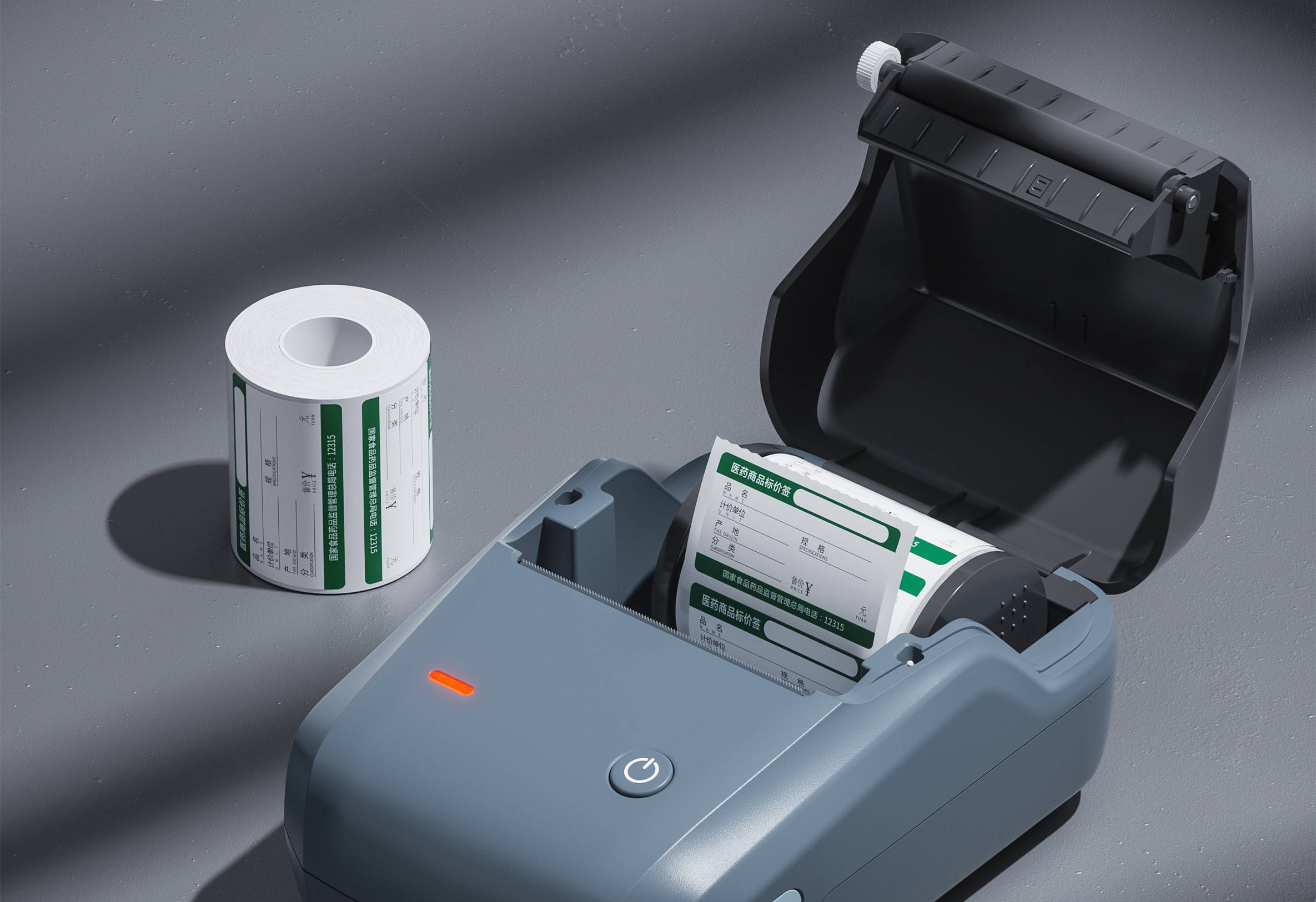
basic introduction
The Giteki certification in Japan depends on the Japanese Ministry of Internal Affairs and Communications ("Ministry of Internal Affairs and Communications", MIC for short) issued by the "Radiowave Law" で ん ぱ ほ う and the "Electronic Communication Business Law" Certification based on ぎ ょ う ほ う.
As long as wireless products such as Bluetooth speakers, laptops, mobile phones, and Bluetooth headsets are sold in Japan, Giteki certification is required. And to add or print the giteki logo and the issued number on the product label. Without this certification, direct sales in Japan is illegal and will be severely punished.
The full name of Telec is: Telecommunication Engineering Center (Telecom Engineering Center). In the early days, it was the first legal institution to conduct radio wave certification in Japan. Therefore, some people in mainland China mistakenly believe that the Japanese giteki certification is telec certification. In fact, in the early days, TELEC was only able to certify the radio wave of giteki, but not to the telecommunications and communication business. Of course, by July 2014, TELEC finally obtained the certification of the Japanese telecommunications business.
Main products that need to be certified by GITEKI
1. UAV goods
Restricted UAV products have the following characteristics: equipped with batteries, power supply units and radio equipment using radio control.
2. Smart plug products
A restricted smart plug refers to a plug that can be used as both a power supply device and a wireless device.
3. Home camera products
Restricted home cameras have the following characteristics: equipped with batteries, power supply units, and radio equipment that uses remote control. Such cameras are sold as ultra-small cameras, standard security cameras, hemispherical security cameras, and home monitoring systems.
Materials needed to apply for giteki certification
1. System block diagram
2. Block diagram (System schematic)
3. User manual
4. Operational description (operational description)
5.BOM
6. Module schematic
7. Module block diagram
8. Module specification
9. Factory ISO9001 certificate (ISO 9001 certificate of manufacturer)
10.label and location sample (label location and label sample Drawing or photos)
11. Antenna specification (antenna specification): including antenna name, antenna form, antenna
Large gain, antenna measurement chart, antenna appearance and size chart.
Note: The information provided above must be in English / Japanese.

Label printers entering the Brazilian market, ANATEL certification is an essential passport! It is the recognition of the Brazilian Telecommunications Authority for the safety and compliance of electronic products, without which products cannot be legally sold.

SRRC certification is not only a guarantee of product compliance, but also a key to opening up the market.

FCC ID certification is a mandatory certification for electronic products by the Federal Communications Commission (FCC) in the United States, and it is essential for label printers to obtain this certification.
The Giteki certification in Japan depends on the Japanese Ministry of Internal Affairs and Communications (\"Ministry of Internal Affairs and Communications\", MIC for short) issued by the \"Radiowave Law\" で ん ぱ ほ う and the \"Electronic Communication Business Law\" Certification based on ぎ ょ う ほ う.
Get a quote